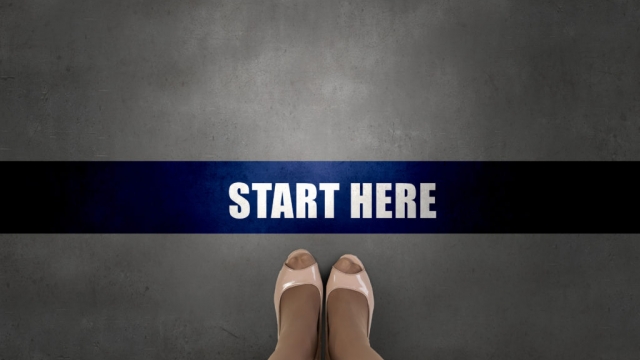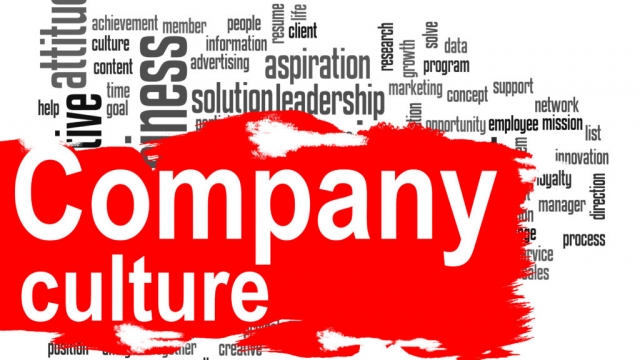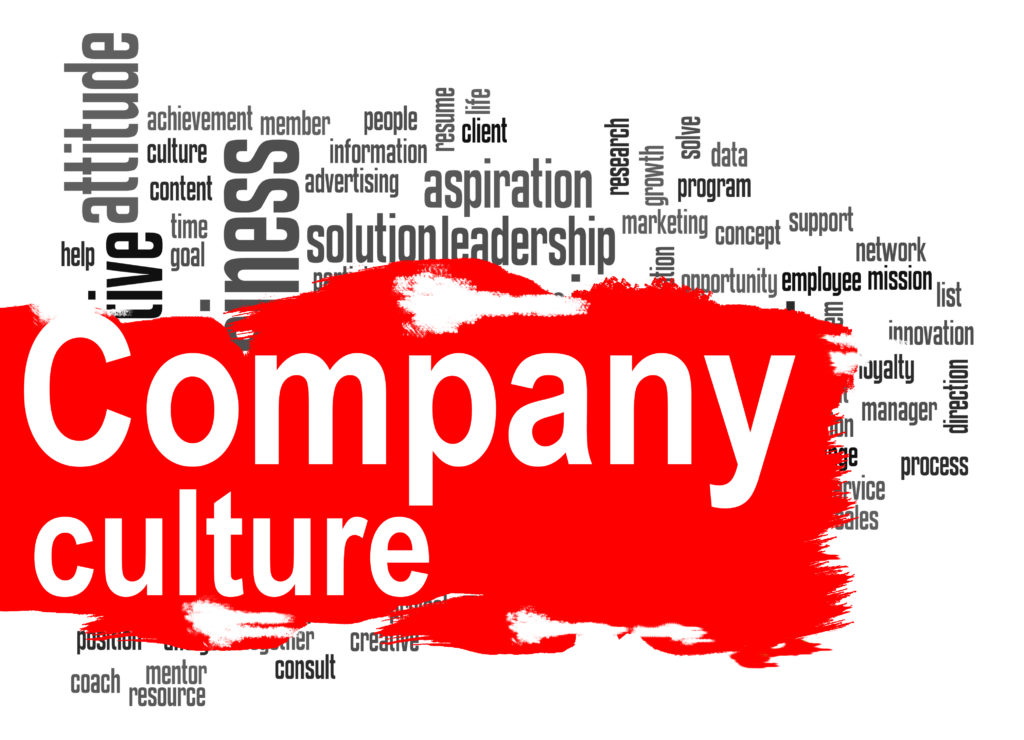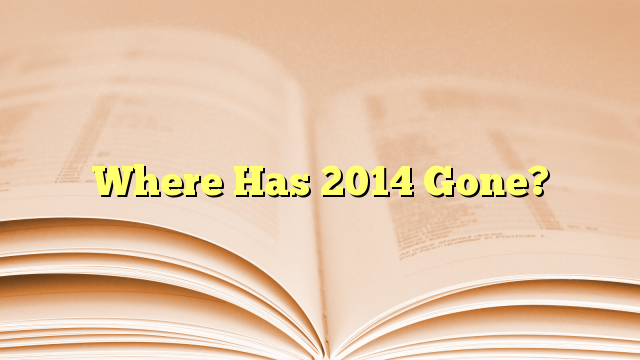As you start your strategic planning for 2015 you might ask yourself “where do I start?” You have a lot of areas that you would like to tweak and improve as you start into the new year. Two great starting points are a financial wellness checkup and a SWOT analysis (SWOT is an acronym for strengths, weaknesses, opportunities, and threats).
The financial wellness checkup will give you a great base to start thinking about areas where you could sharpen your focus to improve your operational and financial health. A SWOT analysis will give you an opportunity to look at your departments, community, or company’s current strengths and weaknesses in order to develop strategies to take advantage of new opportunities and to defend against threats. In this blog I cover the financial wellness checkup and I will discuss the SWOT analysis in a future blog.
Benchmarking
It follows the old adage and answers that question where do I start? Of course, from the beginning! But where is the beginning really? There are so many different moving parts to your organization and there are so many different areas that you would like to change as you move forward. This is why it’s important to establish a baseline of where you are at today. This is where financial benchmarking comes in. Financial benchmarking has become a priority with senior managers in the senior living industry to determine where they are today and more importantly to chart a path of where they would like to be next year and in the future beyond.
It’s like going to your family doctor for a checkup and finding out your blood pressure, cholesterol, and sugar levels. Once you know what these levels are then you can begin developing a plan to make the desired changes in things like your lifestyle and/or diet in order to achieve optimal levels prescribed for you.
It’s much the same way with the financial wellness check and benchmarking. You look at your revenues and expenses based on different line items and departments, then compare them against generally accepted industry benchmarks. This boils down your complex operations to a few high-level numbers that are more easily managed. It is also recommended that you convert your revenue and expenses into a per resident day (PRD) basis this allows for a much easier comparison. You will want to be aware of the variance between your current year budget and your current actual spent year-to-date. It is also recommended that you look back over the last 3-5 years at changes in budget and variance year over year.
Making Needed Changes
Once you have compared your actual operating financials to the benchmarks the areas that need the most attention will come to light. This will provide you with a roadmap of where the most impact can be made in adjusting your operating budget, if necessary. Then you can dig in with further analysis of areas in which you would like to improve or change. This would be a great opportunity to use the SWOT analysis to help facilitate change and direction.
Another drain on a community’s financial health that we often see in the senior living industry is “cost creep”. This is basically the uncompensated care provided to the residents of your community. It is important to stay on top of resident care plan and evaluations to ensure your revenue for resident care matches the expenditure for actual care provided. MDS has a couple of templates that allow us to take a high level look at the minutes of direct care staff you are providing to your community and see how it compares to expected care provided and revenue based on current resident acuity.
Kick-off 2015 Strong
As you can see, conducting a financial wellness check is a great way to kick off your strategic planning for 2015. It will give you a snapshot of where you are today and also provide valuable information to incorporate when planning for the future. I would appreciation the opportunity to work with you and your professional team in conducting this financial wellness check, providing assistance with a SWOT analysis, and help moderate your 2015 strategic planning sessions. Let’s get you on the calendar today before too much time slips away.
MDS also offers a “shared executive” retainer program. As a retainer client, we can help monitor your operation metrics, provide important commentary on the industry and your business, and become a strategic partner in the success of your operation throughout the year. This has become a very popular program with our existing clients because of the tremendous value added through MDS’ staffs’ many years of experience in the industry delivered to you at a fraction of the cost. I would be happy to discuss your individual situation and develop a customized “shared executive” plan to suit your needs.
Roy Barker is Director of Special Projects at Moore Diversified Services, a Fort-Worth, Texas-based organization specializing in operations analysis, marketing development, and investment advisory services. Roy is an authority in the field of employee turnover analysis and retention strategies.





